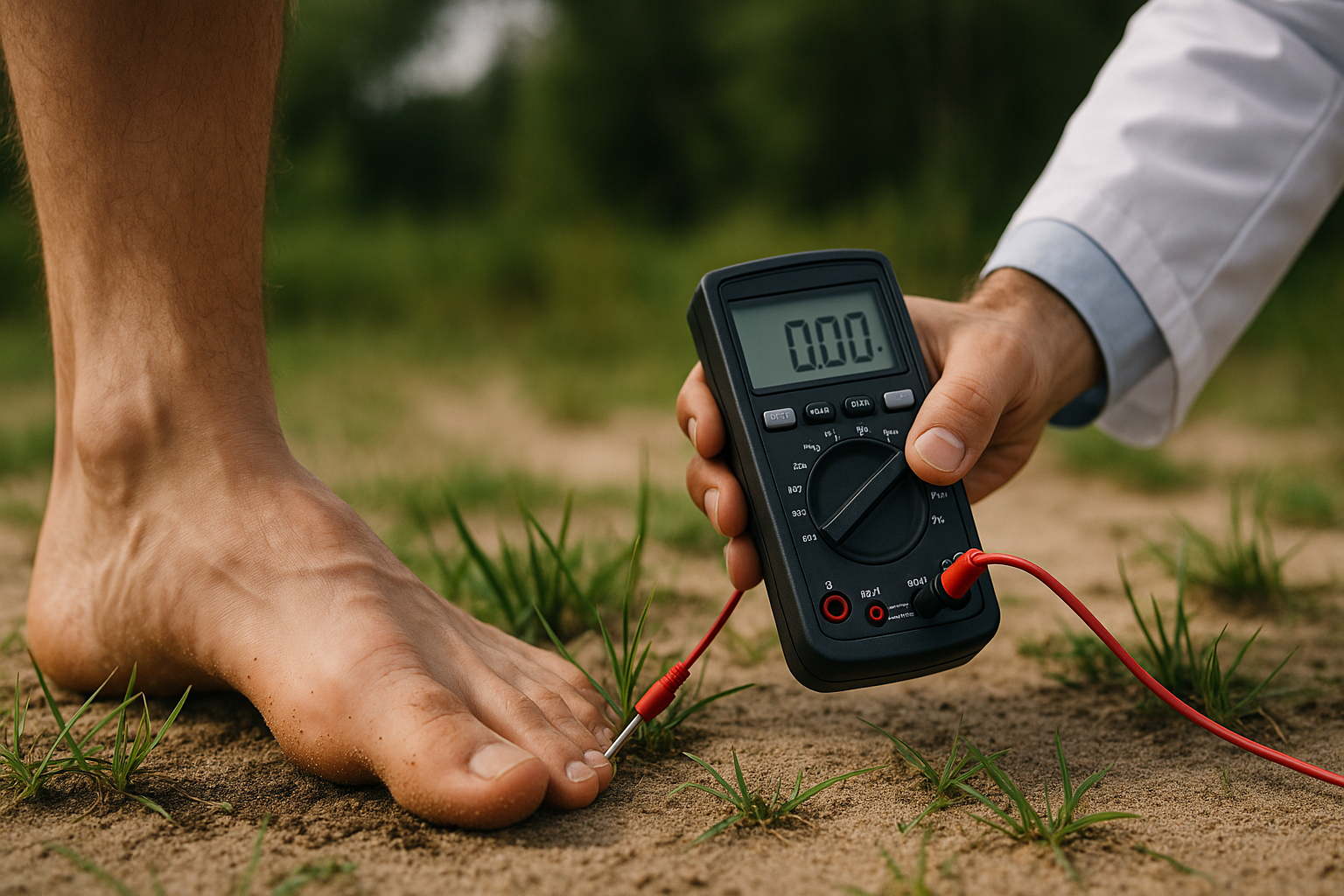Decoding The Health Benefits of Grounding: A Scientific Perspective
Grounding, or earthing, is an emerging wellness trend that urges us to connect with the Earth's natural electric charge. While it may seem esoteric or even mystical, a growing body of scientific research suggests that grounding could offer tangible health benefits. This article explores the science behind grounding, its potential benefits, and limitations.

The Science of Grounding
Grounding is based on the concept that the Earth’s surface carries negative electrical charges. When we walk barefoot on the grass, sand, or dirt, we absorb these charges, which are thought to have a variety of health benefits. This idea is not new. Many Indigenous cultures have long practiced grounding as a way of healing and maintaining health.
In the past few decades, scientists have begun to explore grounding’s potential health benefits. Studies suggest that regular grounding may reduce inflammation, improve sleep, and boost mood. However, it’s important to note that much of this research is still in its early stages, with small sample sizes, and more studies are needed to fully understand grounding’s effects.
The Power of Negative Ions
One of the key concepts in grounding is that of negative ions, invisible, charged particles that are abundant in natural environments like forests and beaches. Research suggests that these ions might have several health benefits, including improved mood and energy levels.
Grounding and Inflammation
Inflammation is a natural response to injury or disease, but chronic inflammation can lead to a variety of health problems. Some studies suggest that grounding may reduce inflammation by neutralizing positively charged free radicals in the body.
Grounding and Sleep
Poor sleep is a common issue, with many factors contributing to restless nights. Some research has suggested that grounding might improve sleep quality by normalizing the body’s circadian rhythms, though more research is needed to confirm these findings.
The Limitations of Grounding
While grounding shows promise, it’s important to be aware of its limitations. Most of the research conducted so far is preliminary, and larger, more rigorous studies are required to confirm the benefits of grounding. Also, grounding is not a substitute for medical treatment. If you have a health condition, it’s essential to consult with a healthcare professional before starting any new wellness practice.
Grounding in Practice: How to Get Started
-
Start by spending more time barefoot outdoors. Walk on the grass, sand, or dirt to maximize your contact with the Earth’s surface.
-
If you live in an urban area, consider investing in a grounding mat or sheet. These products are designed to mimic the Earth’s electrical charge and can be used indoors.
-
Incorporate grounding into your daily routine. Even a few minutes each day can make a difference.
In conclusion, grounding is an exciting area of wellness that combines ancient wisdom with modern science. While more research is needed, grounding offers a simple, natural way to potentially enhance our health. As we continue to seek ways to improve our health and wellbeing, grounding reminds us of our intrinsic connection to the Earth and the potential benefits of this bond.






